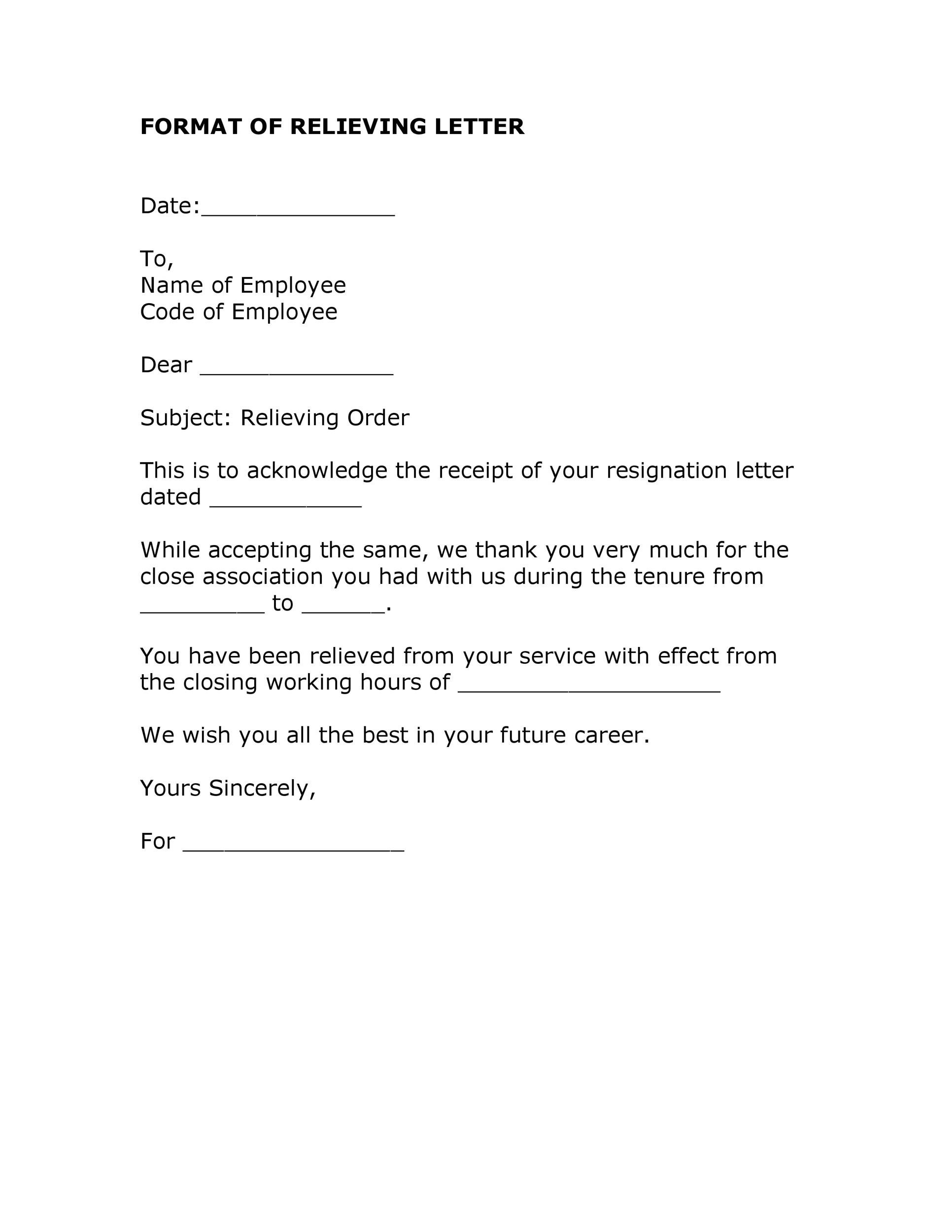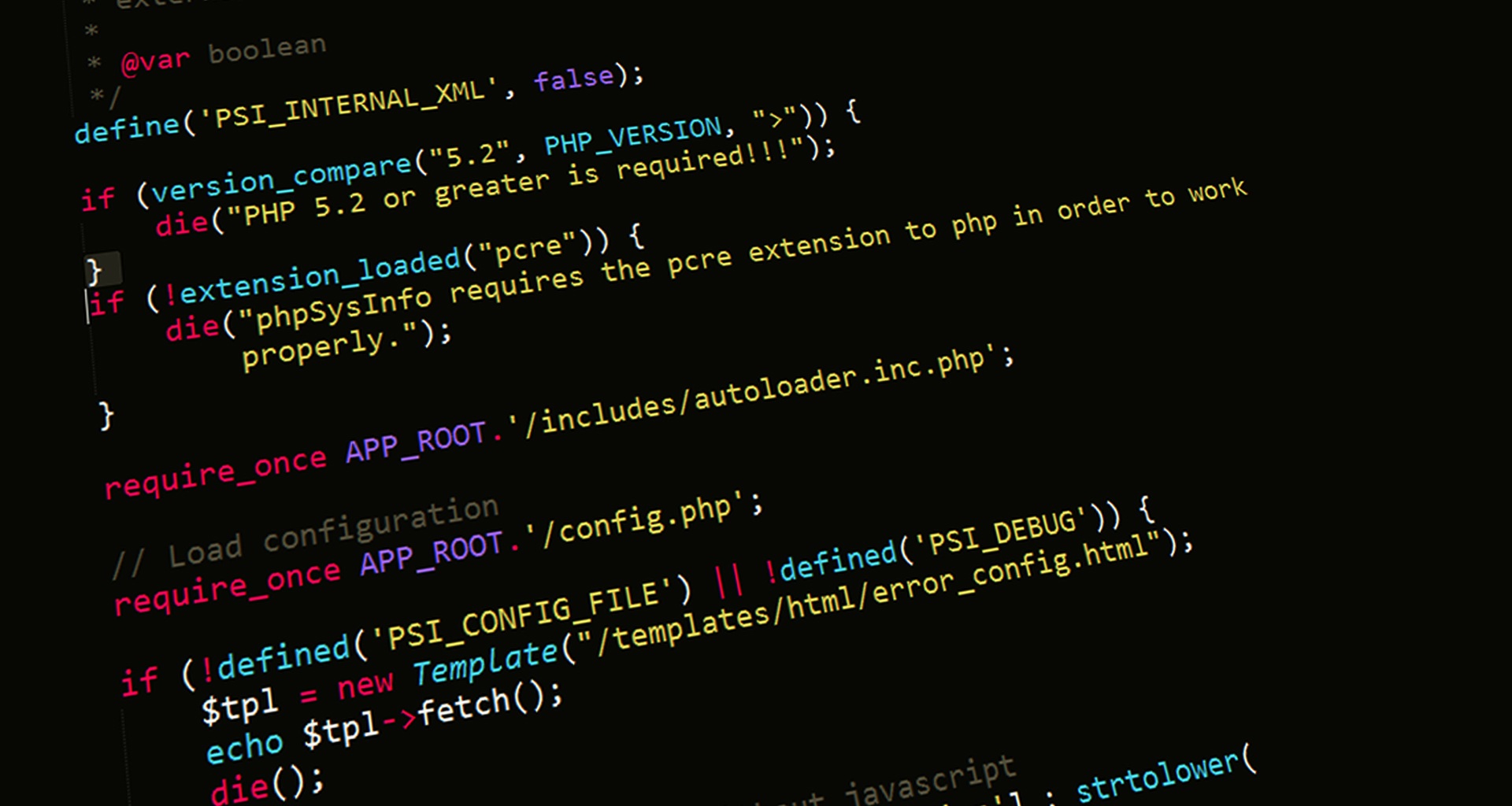What is a Relieving Letter?
A relieving letter is a formal way to inform an employee that their resignation was accepted and that they have been relieved of all responsibilities and duties. This letter must be sent to future employers.
Your employer will send you a relief letter whenever you quit your job. This letter is very important because it shows that you have left your job with dignity and completed all duties and formalities towards the company. Many would argue that a relief letter is unnecessary, but it’s not for your new employer. Therefore, it should not be.
An employer will want to ensure that you are reliable and dedicated as an employee.
What is the importance of a Relieving letter?
A relieving letter, an important record issued to a corporation when it leaves the organization, can be a very important document. This is a formal communication between the corporation and the enterprise to accept the resignation letter.
This is necessary because an employee must submit a relieving letter from their previous employer when they join a new company. This is a written document that proves the employee left the previous organization without any problems.
Confidentiality Agreement and Non-Disclosure Agreement
Many employers will require you to sign a contract or bond stating that your research/innovative work is theirs throughout your employment. Technically, you will not be released from the bond if you don’t have a relieving letter.
This document is crucial to resign or be relieved from a company’s responsibilities expressly. The letter is usually sent on the last day of work, but companies may send it after 40-60 days.
There is a difference between Resignation Letters and Relieving Letters.
Resignation letters communicate your intention to leave the company you currently work for. An employee writes it.
A resignation letter should be written, as it is an expert activity regardless of your profession.
Resignation letters are a formal way to inform your manager you are leaving the job. It would be best to let them know that you will be leaving.
A relieving letter, which is a standard letter, is sent to the worker upon completing a job. This is the traditional method of informing the worker that their resignation was acknowledged. They are relieved of any obligations or obligations dependent on the endorsement of the business by them.
Employer (organization) issues a relieving letter. Therefore, it is important to provide a relief letter for your future employer. Without a letter of relief, you might not get your joining letter from the new company.
Format for a Relieving Letter
A relieving letter includes specific details about your employment, such as the notice period you served before leaving, your joining date, the annual CTC, your last working details, and your designation. It is important to present relieving letters systematically and professionally.
Contents
Here’s what it should contain.
- Date of issue: This is the letter’s first and most important part. It refers to the date it was issued. This is essential to avoid any later disputes, whatever the reason.
- Your details: The date should be followed by your personal and professional details. This includes your full name, title, department and employee ID. It should also include the name of the company or any associated brands.
- The subject line is the most important yet the least important part of a letter. This is the reason the letter was sent and its purpose.
- Details of resignation: This section explains the details of your resignation. It also outlines the process you will have to follow on the last day/week to ensure that your duties are completed without disrupting the organization. This section includes the notice period, items you need to return, security access and clearance details, and banking details.
- Final assurances: This section discusses your dues/ final settlement/ arrears, etc. It will be cleared within a specified time.
- Statement of appreciation: Employers might not appreciate you leaving on bad terms. This statement, however, shows appreciation for your contributions to the organization. It also wishes you good luck in your future endeavours. You might also be asked about your personality, character, attitude towards work, people, etc.
- Signature: After all formalities and details are completed, sign the letter with “sincerely” and your employer’s name, a designation within an organization, and the date of issuance.





